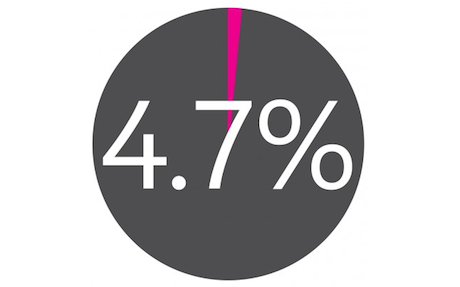Not All Fans Are Equal
Think all your Facebook fans are equal? Richard Jones, the CEO of EngageSciences doesn't...
Back in 2009, when EngageSciences was founded, we saw that the first generation of social media management systems weren’t really platforms for marketers. Let’s be clear, there is a difference between tools that are aimed at managing the conversation on social channels and a platform designed to configure and run social marketing campaigns.
Think of how the email marketing industry evolved. The first tools just allowed you to send out messages, configure landing pages and returned analytics on open rates. That is pretty much what the first generation of social tools were designed to do. Very quickly this evolved into becoming the all-important marketing database. That’s because to create targeted campaigns you need to understand the behaviour of people that are receiving your messages over time. Have they engaged before? What does this tell you about their interests? And, how can you better target them?
So we built a social marketing platform for building campaigns and publishing, underpinned with an audience database. Every interaction with every fan is recorded against their marketing record. With this capability, marketers can understand the people behind the conversation, they can collect rich social data about their audience and understand where the value is within their fan base. And, that is very much the secret sauce of social marketing. Not all fans are equal.
Typically only 4.7% of a brand’s fan base can get their friends to convert on your campaigns. Most brands don’t know who those 4.7% are and don’t have programs in place to work with this elite group of advocates. With the EngageSciences audience database and gamification engine, brands can create social loyalty programs that reward their best fans for helping drive their social marketing agenda. The rewards and achievements of each fan are again stored in the audience database. Marketers can set-up a whole set of fan engagement tactics, such as challenges to check-out branded content, refer friends to particular offers, review products, enter competitions/quizzes/contests, even rewarding fans for great comments to their posts. All of these tactics are connected to earning points or badges through a simple to use rules engine.
Finally, every single piece of advocacy & social content published across the social web by your best fans as they engage with your marketing campaigns – from Instagram, Pinterest youtube, flickr, etc. – can be monitored, curated and published back to your website and social apps. Thereby making your fans the star of your marketing campaigns. This not only triples page dwell time and hugely increases click through rates on CTAs, but it ensures that brands have a social face for the social consumer on their core web properties.
Media is not social, people are. The reality is consumers are more likely to be influenced by the advocacy of your fans, than they are by your marketing material, particularly if social marketers become skillful curators of social content. With a solid social marketing strategy that identifies, engages and leverages your most loyal fans, there will be lots of great content for you to work with.
// You can read the original version and more blogs by Richard Jones here.



